the magic of ritual
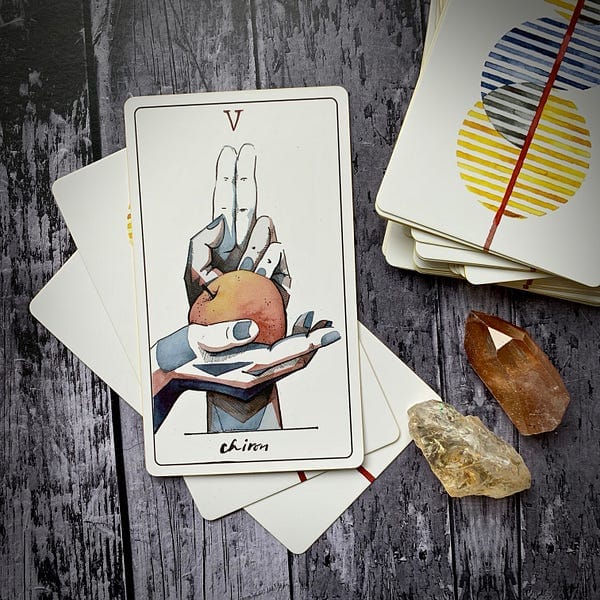
hello friends, and welcome to july. this has been a strange and impossible year, twisting and turning in ways that i never expected. and while the revolution that is occurring here in the united states is deeply necessary and long overdue, there’s a sense of both exhilaration and exhaustion in the air. the reality of the pandemic has not changed, in spite of cities reopening and the number of confirmed COVID-19 cases rising at alarming rates. please continue to be safe, to be cautious, to wear masks and practice social distancing as much as possible. but balance those efforts with continuing to support protestors, with calling for change, with donating and learning and talking openly about dismantling white supremacy. this fight is far from over.
july brings our last eclipse of this summer season, a shift into brilliant leo season, and mercury and venus both stationing direct again. and while this season of the tower may be coming to a close, this period of transformation is only beginning. this month, i want to share with you some thoughts on ritual and personal practice, on the ways that we can find grounding and set boundaries in order to tap into our deepest, most intuitive magic. take some deep breaths, let your mind settle, and let’s begin.
the sacred nature of ritual
we use the word ritual a lot when it comes to tarot, to witchcraft, to personal practices. and while this word might feel archaic or fussy, in reality it simply means an order or custom, a way of doing things that has been previously established. we have rituals around all sorts of everyday tasks and acts: making tea, caring for pets, exercising, getting ready for bed. whether we’re preparing for work, beginning a creative project, or even checking in with friends, we tend to follow the same patterns, to establish routines around the things that we do on a regular basis. some rituals might have been created consciously, while others have evolved over time - but they are both familiar and important, movements and sounds that represent intention, that allow us to sink into the moment and accomplish something with deliberate action.
in magic, ritual allows us to define our work, to mark its beginning as well as its end. we use specific words, scents, tools, movements, and timings in order to signify sacredness, to mark our moments with care and ceremony. but this kind of deliberate action can extend outside of spellwork: by being intentional about establishing traditions, we can give anything a sense of holiness, of sacredness. we always have to start somewhere, but in creating rituals of our own, we can settle into a magical rhythm. we can make our own sacraments.
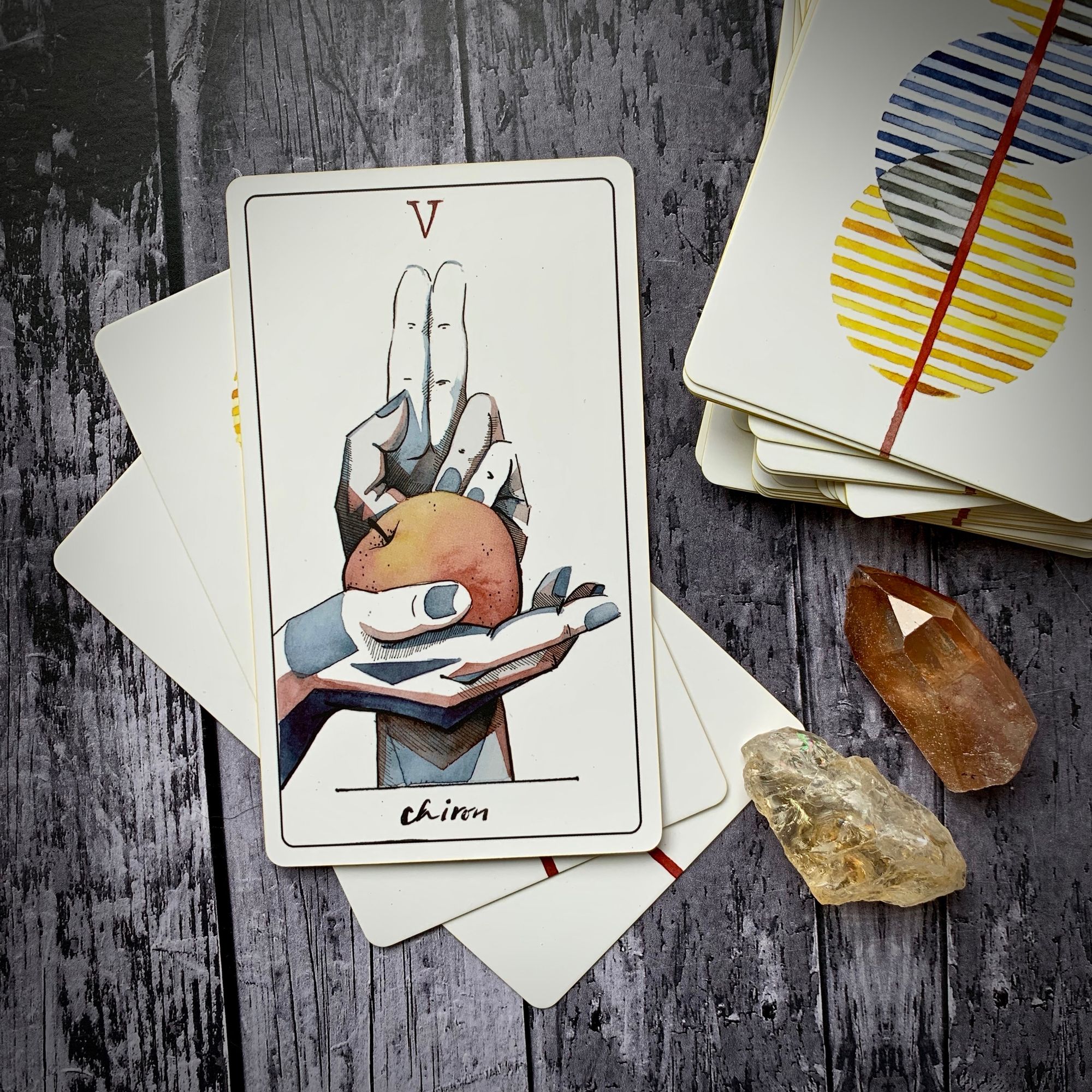
there is deep power in ritual. we breathe and listen and establish a container for our magic, proclaiming to ourselves and the universe that this is a moment for something special, something powerful, something important. we use ritual to declare ourselves, to commit to a moment of intense focus and purpose. and whether that ritual is as simple as having a cup of tea when we read tarot or as elaborate as a dedicated coven circle under a full moon, in tapping into that ancient magic we remind ourselves of what we are working towards. we connect to our past as a way to continue establishing our future, make meaning in our present by grabbing those threads that link us to what is behind us, and what is before us.
but ritual can also hold us back, if it’s not used with care. there’s something beautiful and mysterious about slipping into an old rhythm, grabbing familiar tools and honoring the many times we have followed this practice in the past. when it comes to ritual, it can be easy to move without thought, without engagement, to release any connections between mind and body and simply go through the motions. and if we rely too heavily on ritual, if we never challenge ourselves to try new things or expand our consciousness or look beyond those previously established borders, our minds can become too narrow. we end up limiting ourselves to the confines of those rituals, instead of using them to build upon. we turn them into blockages, instead of letting them be doorways.
ritual in tarot
within the archetypes of the tarot, we see themes of ritual again and again. in the major arcana the hierophant immediately comes to mind, a figure of history and practice, of tradition and discipline, of established knowledge. in many ways the hierophant can feel like a dusty old tome, firmly set in a specific time and place, refusing to evolve. but beyond an anchor to the past, the hierophant also makes space for us to establish new practices, for us to honor the intuitive beliefs that bubble up during our work and teach us how we can use our knowledge of old traditions to craft new rituals. at its peak the hierophant helps us take pride in our history, be fully immersed in our present, and dream of an expansive and enlightened future.
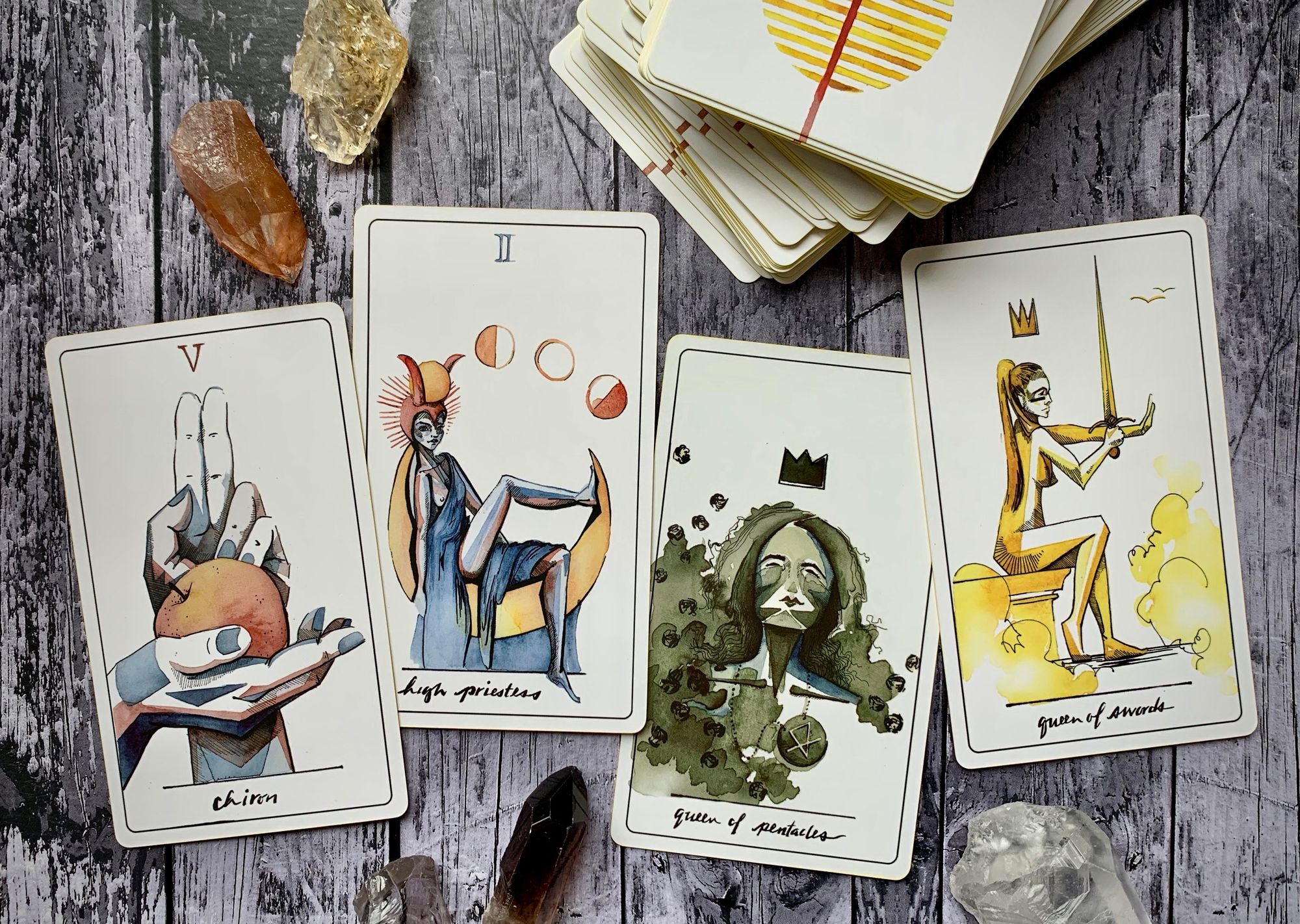
sometimes it can feel impossible to untangle which beliefs belong to us, and which ones we’ve been taught. what mindsets, outlooks, understandings have we inherited? which ones resonate within us, thrum in our blood and live in our bones, and which ones are we just comfortable with? looking at our assumptions and challenging long-held truths can be incredibly difficult, even feel impossible - everything twists and curves, and it’s easy to get lost within our own minds when we try to step outside of what we’ve always believed. in this way it’s essential to consider how our beliefs and convictions can shape themselves around ritual. if the ritual itself becomes the object of worship, we can lose the meaning behind it, lose our grip on the magic that makes it important.
of course, ideas of ritual live beyond the hierophant. the high priestess reminds us of the power of listening to our own wisdom, of trusting our own truth. and in the process of unpacking our belief systems, of recognizing what really feels right for us versus what we have always accepted, learning to celebrate our intuition and honor what resonates within us is essential work. the queen of pentacles is a card of rich self-care and valuing the self, but i think we also see ideas of ritual here - ceremonies of comfort, of awareness, of honoring all that we have to offer. the queen of swords has similar boundaries, recognizing her own discernment and intelligence, relying on what she knows to be true and trusting her insights into situations and challenges. both queens are sure of themselves, know what they believe and understand, not spending energy on things that do not serve them. and in building or choosing rituals, it’s just as important to know what to leave behind as it is to know what to embrace.
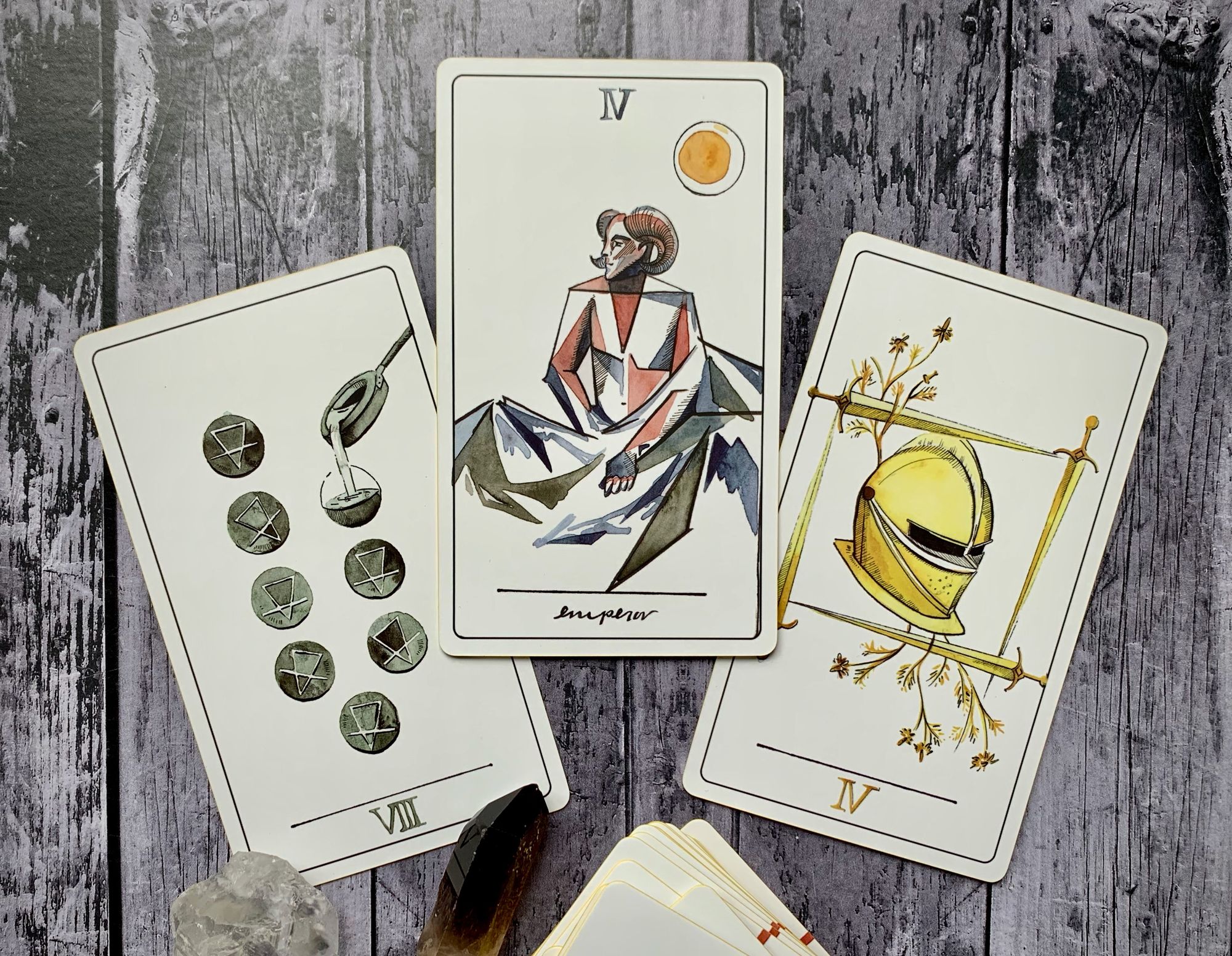
other cards help us define what ritual is, and what it is not. with the emperor, we establish structures and boundaries, create ways to protect ourselves so that we don’t tamper with certain magics or energies before we’re ready. the four of swords reminds us to guard our minds, to grant ourselves rest, to allow ourselves to be human. and the eight of pentacles asks us to protect our work, to find a focus for our energy, to put our minds and hearts and souls into something specific. throughout the tarot we’re reminded to take care of ourselves, to keep our energy under control, to stay in our lane as we learn and grow. ritual requires intention, and by creating a foundation that we can continue to strengthen, we keep our work focused, can keep our magic strong.
putting these ideas into practice
personal boundaries must go hand in hand with ritual. we need to perform magic with an understanding of what we’re working towards, even if our rituals take different shapes, evolve and shift along the way. and it’s essential that we work to protect ourselves from trying to do too many things at once, from getting lost in our magic, from losing focus or forgetting our goals. boundaries protect our minds and hearts, keep our souls in tact, let our bodies work and play and rest in the right moments.
as gabriela herstik wrote in bewitching the elements, just we have set times for therapy, creating a safe space to explore that has a natural beginning and end, ritual allows us to protect ourselves with built-in boundaries. we step into a space of magic, of intention, then leave it behind when are finished. even if we aren’t pouring a literal salt ring around ourselves every time we read tarot or write or sing or pray or cry or light candles or perform spells, we can introduce simple components that allow us access to that space for a time, and create an exit for ourselves that we can use when we’re ready to move on. this container can be created with air, with fire, with music, with specific times of the day or week or month, can be both intensely personal and beautifully simple. the point is not to make rituals so elaborate that we never want to use them, that we make someone feel so sacred that we avoid or even fear it - the purpose instead is to allow ritual to help us give definition to our intuitive and magical work, to allow us to focus, to provide safety and stability during vulnerable moments.
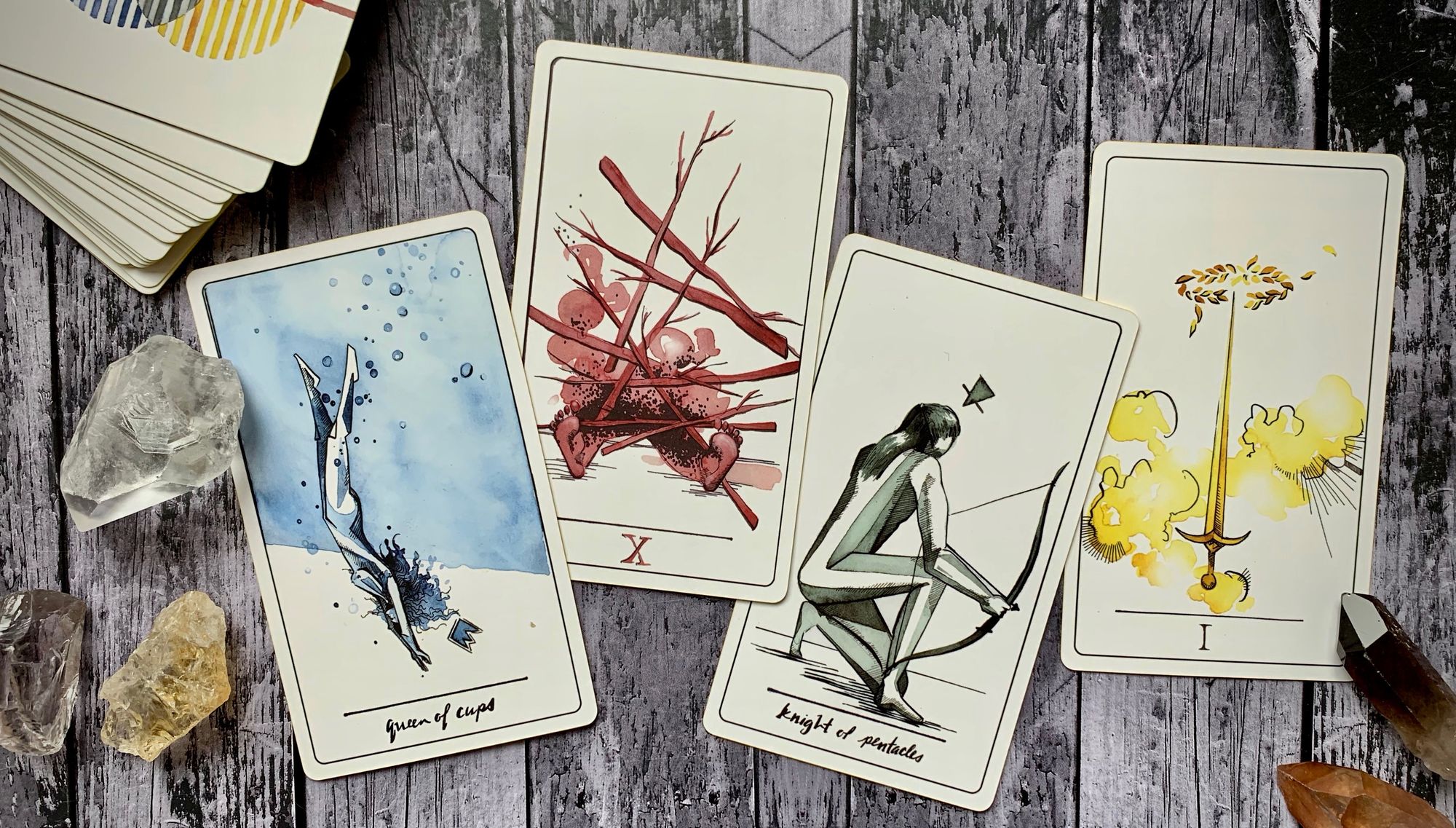
as we move into this new month, as we continue protesting and donating and learning and evolving, consider the rituals you cherish the most. which ones give you comfort, and which ones challenge you? how do you set the scene, manipulate your space, create a container for exploration and emotion? what helps you prepare your mind, your body, your heart, your soul for important work? what acts connect us to bigger energies? what prayers, incantations, actions, choices, help us tap into the magic that dwells outside of us? what are sacred acts that remind you of your size and strength, your power, your might? cancer season is a beautiful time to consider the daily and weekly rituals that you engage with, or to begin intentionally introducing new rituals into your work. what is your soul craving? how can you protect yourself even as you continue to explore and expand?
be safe and be well, friends.
images feature cards from the vindur deck. all photographs by meg jones wall.




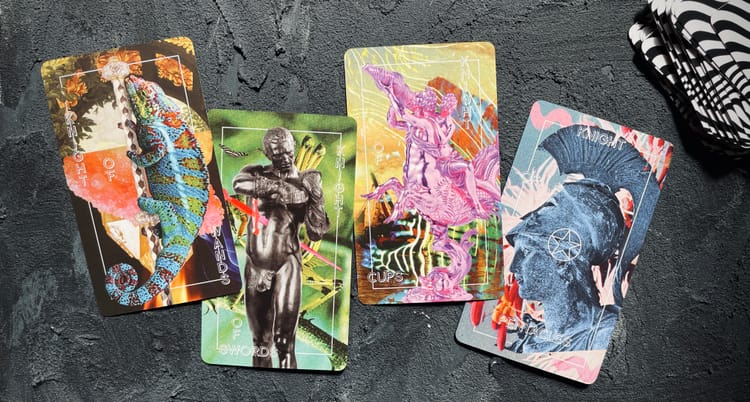

Member discussion